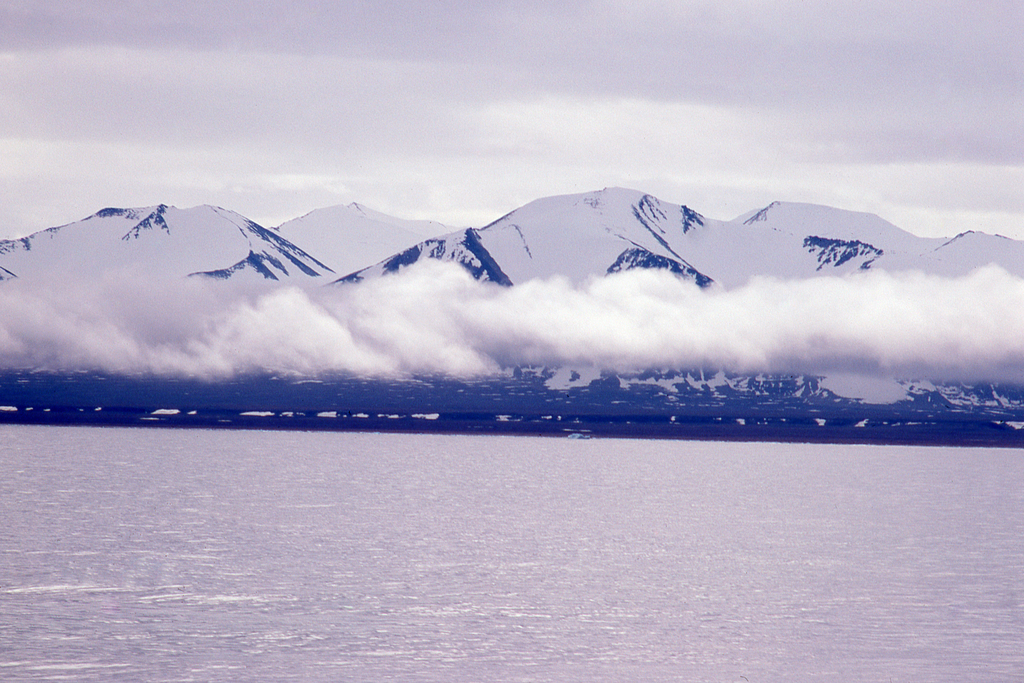Canada unveils its 2021 critical mineral list

Canada can leverage its mining and processing expertise as well as its natural resource endowment and its world-leading environmental, social, and governance credentials
According to Natural Resources Canada (NRcan), “Canada is the only Western nation that has an abundance of cobalt, graphite, lithium, and nickel, that are essential to creating the batteries and electric vehicles of the future”. Simon Moore’s from Benchmark Mineral Intelligence (BMI) further sees the prospect for Canada to take charge of the upstream segment of the EV and Battery supply chain due to Canada’s competitive advantage in leveraging the nation’s “natural resources, people, know-how, and technologies”.
Furthermore, Canada is the second-largest producer of niobium and indium which are among two critical minerals that are linked to end-user value-added chains in aerospace and advanced manufacturing. Canada’s Critical Minerals List Prior to the announcement of Canada’s Critical Minerals list, at the provincial level, the government of Ontario set out to develop its first Critical minerals strategy alongside a proposed list which is critical for Ontario’s economic and local development.
How much does Ontario critical minerals list differ from the actual list announced for the whole of Canada? Below is a quick comparison of the two with differences indicated by the highlighted rows:
| Ontario proposed Critical minerals List published 10/3/2021 | Canada’s Critical Mineral List published 11/3/2021 |
| — | Aluminum |
| Antimony | Antimony |
| Barite | Scandium |
| Beryllium | Gallium |
| Bismuth | Bismuth |
| Cesium | Cesium |
| Chromite | Chromium |
| Cobalt | Cobalt |
| Copper | Copper |
| Fluorspar | Fluorspar |
| Graphite | Graphite |
| Indium | Indium |
| Lithium | Lithium |
| Magnesium | Magnesium |
| Manganese | Manganese |
| Molybdenum | Molybdenum |
| Nickel *also processed in Ontario | Nickel |
| Niobium | Niobium |
| Phosphate | Germanium |
| Platinum group elements *also processed in Ontario | Platinum group metals |
| Rare earth elements | Rare earth elements |
| Selenium *also processed in Ontario | Potash |
| Tantalum | Tantalum |
| Tellurium *also processed in Ontario | Tellurium |
| Tin | Tin |
| Titanium | Titanium |
| Tungsten | Tungsten |
| Uranium | Uranium |
| Vanadium | Vanadium |
| Zinc | Zinc |
| Zirconium | Helium |
| Total Count: 30 | Total Count: 31 |
Ontario’s proposed Critical minerals list is inclusive of minerals with exploration potential advanced mineral projects, minerals currently being produced and/or processed, minerals that are processed only and not originally mined in Ontario.
The list developed by NRCan was based on a criterion derived from multi-stakeholder consultation and collaborations withFederal, Provincial, Territorial, mining, manufacturing, and industry associations at the national level.
The Honourable Seamus O’Regan said that “Canada’s list signals to investors where Canada will focus and where Canada will lead. Critical minerals will get us to net-zero as they are essential to lowering emissions, increasing our competitiveness, and strengthening our energy security.
What makes Canada positioning favorable to pursue Critical Minerals? First and foremost, “Demand for minerals and metals continues to grow with an increasing focus on critical minerals,” said Pierre Gratton President and CEO Mining Association of Canada.
According to the World Bank report Mineral for Climate Action: The Mineral Intensity of the Clean Energy Transition, “finds that the production of minerals, such as graphite, lithium, and cobalt, could increase by nearly 500% by 2050, to meet the growing demand for clean energy technologies”. the previous study follows the World bank reportThe GrowingRole of Minerals and Metals for a Low Carbon Future, which concluded that: “There will be a substantial increase in demand for several key minerals and metals to manufacture cleaner energy technologies. In other words, the clean energy transition will be significantly mineral intensive.
Second, Canada can leverage its mining and processing expertise as well as its natural resource endowment and its world-leading environmental, social, and governance credentials.
Now, “if we can extract only what is needed in an environmentally-conscious and sustainable way that is inclusive of the people most impacted, then we will be on the right track when it comes to balanced resource development.” said Dawn Madahbee Leach-Vice-Chair, National Indigenous Economic Development, General Manager of the Waubetek Business Development Corporation.
Lastly, overall Canada is a politically stable jurisdiction supported by a laissez-faire (free market) structure with access to global potential customers.
The latter reasons mentioned, position Canada to become a global supplier of critical minerals needed for the energy transition to a low carbon future. Felix Lee, President of PDAC said: “Government support through the Canadian Minerals and Metals Plan (CMMP) and in defining a critical minerals list are essential pieces in realizing this [energy transition] goal.”
The critical minerals list indicates a commitment to implement the CMMP road map that develops a strategy for the critical minerals sector identifying areas that can: Firstly, help enhance Canadian projects and supply chain development. Second, form policy to solidify positions in global value chains. Third, Coordinate engagement to advance national interests with foreign allies. Lastly its an opportunity to support Research and Development that provides a mechanism for unlocking innovation in the mining value chain. Canada’s critical mineral plan aims to promote Canada’s competitiveness in the critical minerals and metals sector and most importantly create new economic opportunities for Canadians.
(Jamil Hijazi is a Mineral Economist and Energy analyst who holds a Dual Master’s Degree from the University of Dundee Centre for Energy, Petroleum, Mineral Law and Policy (CEPMLP). His expertise and research interests are in Supply Security of Critical Raw Materials, Energy transition, Local Content, and Development in the Extractives Industry.)




